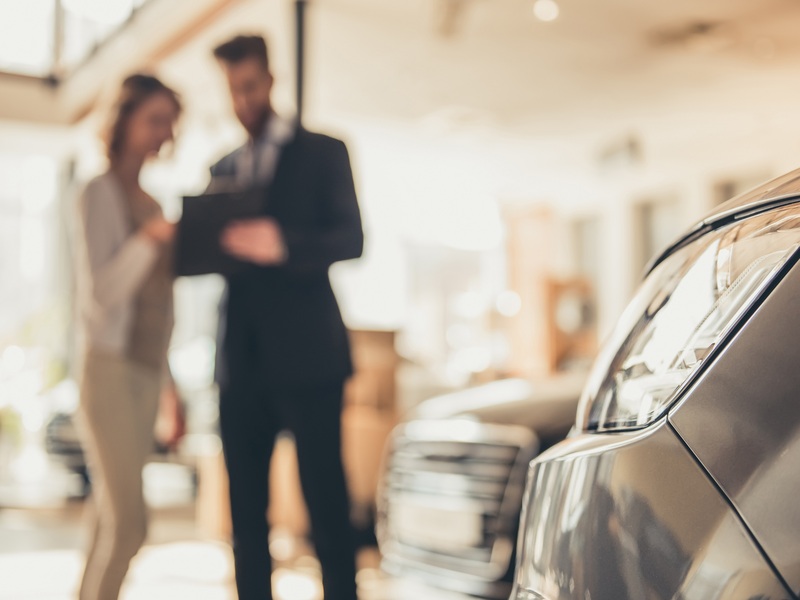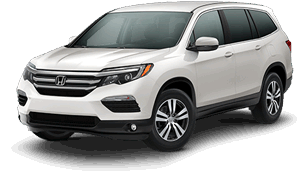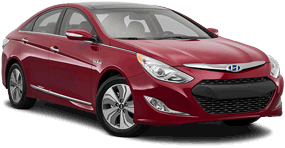Between falling profits, the uncertainty about autonomous technology and the surge in ridesharing services, the automotive industry
Current Landscape

The traditional dealership model is at a crossroads. According to a study done by management consulting firm, McKinsey and Company, dealerships are seeing significant profit loses year over year. In 2015, average operating profits were 8.9% while in 2018, they fell to just 1.7%. With multiple factors at play, it's hard to place the blame solely on the dealer's shoulders. Price transparency from third-party research sites and direct buying sites like Carvana, for example, limit the margins dealerships can gain.
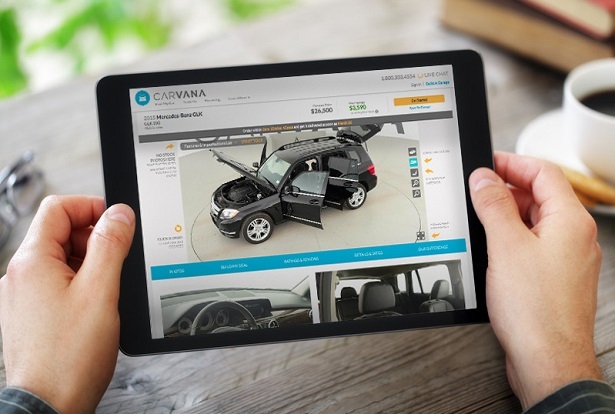
Despite the factors working against them, dealerships aren't simply victims of circumstance. It's becoming apparent that many are not keeping up and innovating in ways that will grow profits. Customers are reporting a lack of satisfaction with the dealership experience. According to Cox Automotive, 1 in 6 new buyers did not buy from the first dealership they visited because they had a poor sales experience.
The challenges we covered above are a direct result of the automotive industry being shaken up by variables such as autonomous vehicles, connectivity, electrification and shared mobility (rideshare companies like Uber and Lyft). While some auto brands and dealerships are operating with the 'business as usual' mindset, other automakers have been part of the disruption as they rethink the entire dealership model and invest in strategies that are more forward-thinking.
Early Innovators
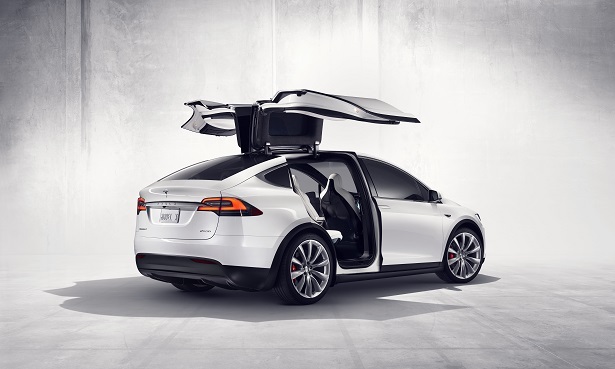
Traditional dealers can take some cues from the dealership (or showroom) experience of companies like Tesla, and Volvo's new luxury brand, Polestar. Both aim to focus on customizing and improving the customer experience instead of high-pressure sales tactics and an inventory based model.
Tesla
Among all the players in the auto industry, it's hard to argue that Tesla is leading in innovative, not just in their electrification and autonomous technology, but also in their sales approach. Tesla has a direct-to-consumer model without involving third-party dealers, meaning they sell their own cars.
Instead of asking customers to trek to remote locations, where traditional dealerships are so often found, Tesla comes to the customer with stores in areas with heavy foot traffic. If you've seen a Tesla location in your local mall, that is one example of this strategy. In lieu of having rows upon rows of inventory, Tesla stores have a smaller footprint where customers can learn about the models and customize their vehicle.
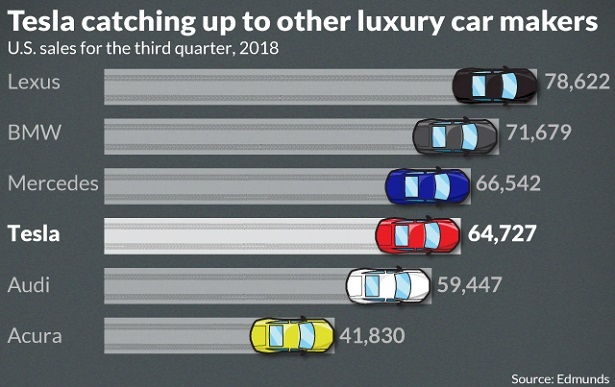 image: Edmunds
image: Edmunds
Instead of focusing on moving inventory off the lots as quickly as possible (cue the high-pressure sales tactics) Tesla's focus is educating the customer on both the brand and electric vehicles as a whole. This strategy appears to be paying off for the new luxury kid on the block as Tesla, launched in 2003, is gaining ground on much more established luxury brands like BMW and Mercedes which have been around since the early 20th century.
Volvo's Polestar
Volvo has clearly been studying Tesla's sales tactics as its own luxury Polestar brand will follow a similar strategy for the dealership model. Polestar will arrive in the U.S. in early summer 2020 and will utilize small, low-cost spaces in urban areas instead of sprawling lots filled with inventory.
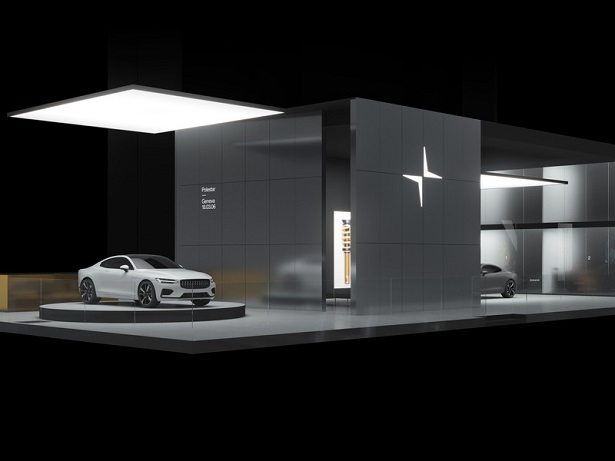
Salespeople will be content experts on the Polestar brand and will offer personalized information and education about the brand, its technology and service offerings. With a focus on electrification and a personalized sales approach, it's no surprise that Polestar sees Tesla as a top competitor.
The Future of Car Shopping
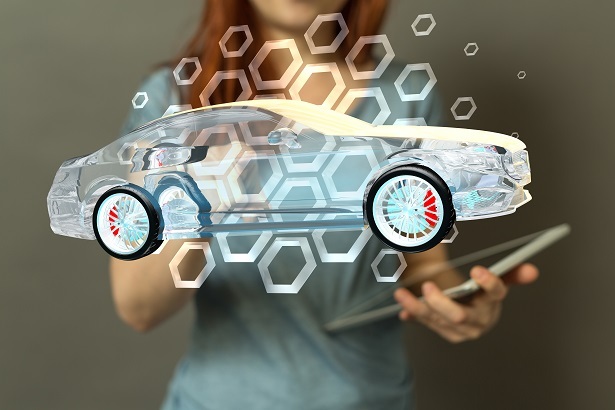
With all the disruption in the industry and newcomers like Tesla, Carvana
What Does This Mean For The Car Shopper?
Will you only be able to buy a car sight unseen in the next few years? Most likely the changes won't be that drastic, though don't be surprised to see total dealer count decline. Consolidation of regional and brand level dealerships is expected with a higher focus on luxury brands. But while the number of dealers may shrink, increased capabilities such as more investment in collision services and parts, as well as partnerships with mobility partners will provide an improved, one-stop experience for the customer.
The Kinder, Gentler and More Personal Dealership
Despite the headwinds, if dealerships can take quick action to innovate, there is hope for a turnaround. In the future, you may see an increase in digitalization of the in-dealership process. For example, with one scan of your customer ID, the staff will have your prior transaction and service history to better serve you. Another customer-facing innovation that dealers should implement is a platform that can seamlessly transition the buying process from online to in-dealership. This platform should provide an in-depth understanding of the customer and allow the dealer to offer a loyalty program with personalized offerings. Lastly, after taking some cues from Tesla, innovative dealerships will train employees to be educators and consultants instead of pushy salespeople.
